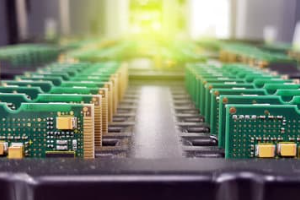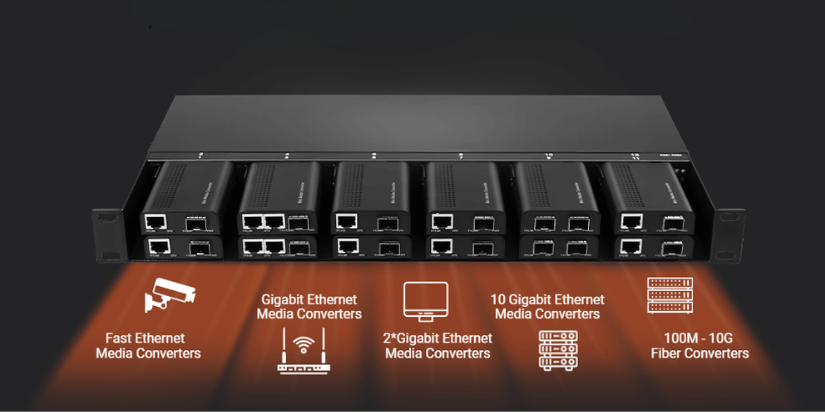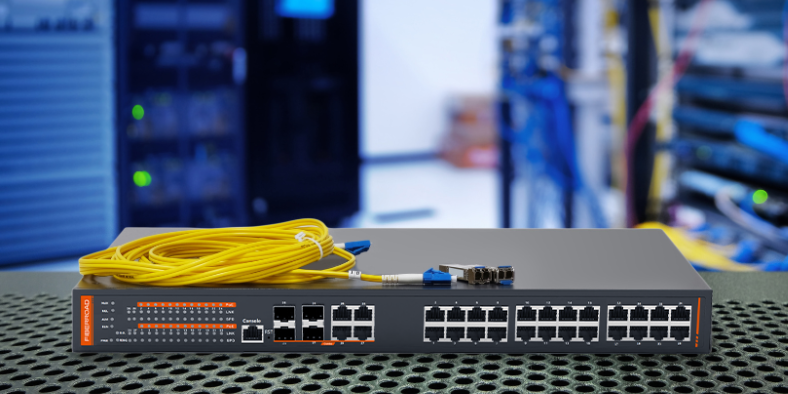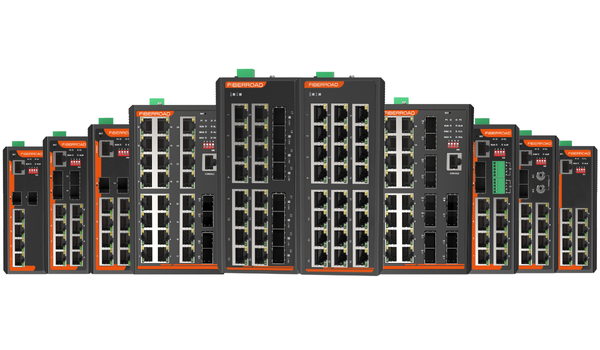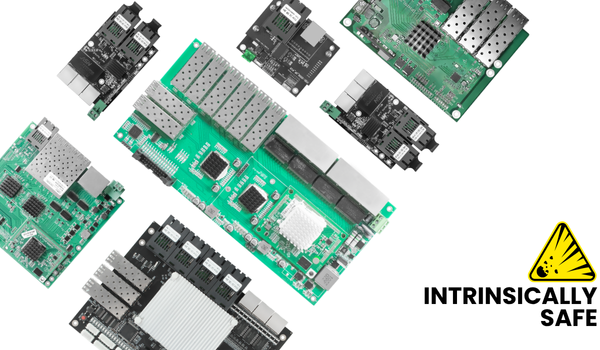What is Vehicle-to-Everything (V2X) technology?
Vehicle-to-Everything (V2X) technology is transforming transportation into an intelligently networked ecosystem where vehicles communicate with each other, infrastructure, pedestrians, and cloud systems. By enabling real-time data exchange beyond the line of sight, V2X overcomes the limitations of onboard sensors and cameras, unlocking unprecedented improvements in safety, traffic efficiency, and autonomous driving. As 5G deployment accelerates and smart city initiatives proliferate, V2X emerges as the foundational layer for zero-accident mobility and optimised urban transit.
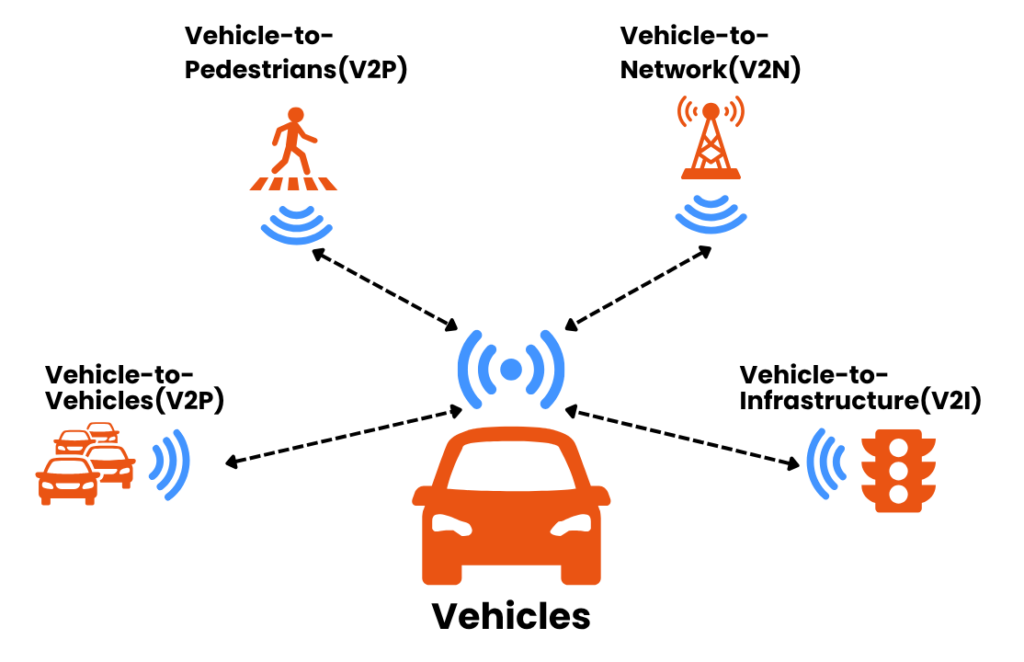
Core Vehicle-to-Everything(V2X) Communication Types
1. Vehicle-to-Vehicle (V2V): Real-time exchange of speed, position, and trajectory data between vehicles to prevent collisions.
2. Vehicle-to-Infrastructure (V2I): Interaction with traffic lights, road sensors, and signage for adaptive speed control and congestion management.
3. Vehicle-to-Pedestrian (V2P): Detection of vulnerable road users via smartphones or wearables to prevent accidents.
4. Vehicle-to-Network (V2N): Cloud connectivity for fleet management and over-the-air updates.
| Standard | Technology Basis | Latency | Range | Key Advantage |
| DSRC | IEEE 802.11p (Wi-Fi) | 3-20 ms | 500 m | Mature deployment |
| C-V2X | 5G NR/LTE | <10 ms | 1km | 5G integration, superior scalability |
| Hybrid | DSRC + C-V2X | <10 ms | 1km | Backward compatibility |
Critical Challenges and Innovations
V2X faces significant hurdles, including security vulnerabilities (e.g., spoofed SPaT/MAP messages triggering false collisions), protocol fragmentation between DSRC and C-V2X standards, and timing synchronisation challenges for high-speed platooning. Innovations are rapidly addressing these gaps:
- Security: Blockchain-based message signing (ISO 21434) and confidence-scoring algorithms cross-verify data from infrastructure/vehicles, blocking malicious signals.
- Interoperability: Qorvo’s dual-mode chipsets and middleware like CWAVE II enable seamless DSRC-C-V2X handoffs, reducing deployment costs by 30%.
- Timing Precision: IEEE 802.1AS-Rev synchronises vehicle/RSU clocks within ±1 μs using Precision Time Protocol (PTP), while frame replication (IEEE 802.1CB) ensures 99.9999% reliability for emergency braking data.
- Urban Coverage: Hybrid 5G-mesh networks with edge nodes combat signal obstruction in cities, extending effective range to 1 km.
These advances enable platoons to maintain 15-meter gaps at 100 km/h and cut intersection collisions by 40% in trials, proving V2X’s resilience despite complexity.
Time-Sensitive Networking (TSN): The Backbone of Reliable V2X
For Vehicle-to-Everything (V2X) systems demanding microsecond-level precision—such as collision avoidance or high-speed platooning—conventional networks falter due to timing jitter and latency unpredictability. Time-Sensitive Networking (TSN), an IEEE 802.1 standard suite, solves this by transforming Ethernet into a deterministic communication backbone:
- Precision Timing Synchronisation (IEEE 802.1AS-Rev): Leverages Precision Time Protocol (PTP) to sync vehicle/RSU clocks within ±1 μs, enabling coordinated braking/acceleration.
- Guaranteed Latency (IEEE 802.1Qbv): Uses time-aware shapers to create “protected windows” for critical messages (e.g., emergency alerts), ensuring sub-2 ms delivery even during network congestion.
- Ultra-Reliability (IEEE 802.1CB): Implements frame replication and elimination, duplicating safety data across redundant paths to achieve 99.9999% reliability in urban signal-dense environments.
- Bandwidth Reservation (IEEE 802.1Qcc): Allocates dedicated channels for V2X streams, preventing interference from non-safety traffic.
Impact: In Honda’s trials, TSN-enabled platoons maintained 15-meter gaps at 100 km/h, while traffic light phase data (SPaT) achieved near-zero jitter, enabling “green wave” optimisation that slashed intersection delays by 40%. As V2X scales, TSN’s deterministic architecture proves indispensable for turning real-time data into life-saving actions.
“Without TSN, V2X is a symphony without a conductor. These protocols orchestrate microsecond-accurate harmony across vehicles, infrastructure, and edge systems.”*
– Dr. Elena Rodriguez, IEEE TSN Task Group Lead
Vehicle-to-Everything(V2X) Deployment and Impact

London’s Efficiency Breakthrough with Vehicle-to-Everything(V2X)
London’s 4,000 upgraded intersections demonstrate V2X’s tangible benefits. With roadside units (RSUs) spaced at 178-meter intervals, vehicles receive real-time traffic light phase and timing (SPaT) data, enabling dynamic speed adjustment. Results show a 40% reduction in intersection delays and 40% lower collision risk through conflict-point warnings.

China’s Protocol Unification
China’s aggressive C-V2X Industrialisation Roadmap drives nationwide interoperability. Manufacturers like Huawei and Nebula Link have developed dual-mode RSUs supporting both DSRC and C-V2X, alongside protocol stack middleware (e.g., CWAVE II) to resolve standard fragmentation. This enabled 10% V2X penetration to deliver 40% traffic efficiency gains in pilot cities.
Conclusion
V2X technology is more than just a connectivity upgrade—it’s a paradigm shift in transportation. By enabling safer, smarter, and more efficient roads, V2X lays the foundation for fully autonomous driving and smart cities. As 5G and AI continue to evolve, the dream of zero accidents and seamless traffic flow inches closer to reality.
For automakers, policymakers, and tech innovators, the message is clear: The future of mobility is connected, and V2X is leading the charge.

